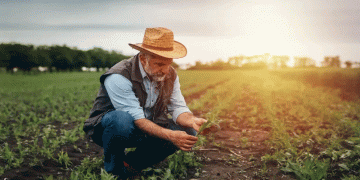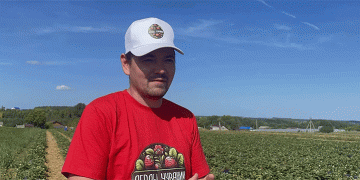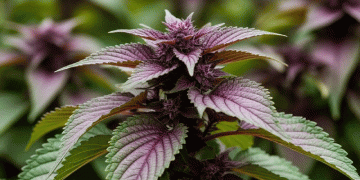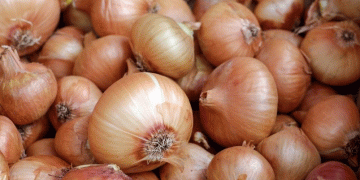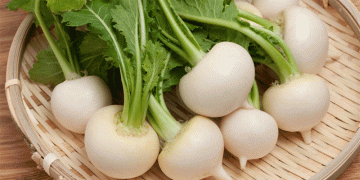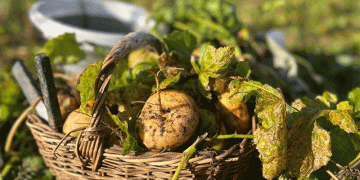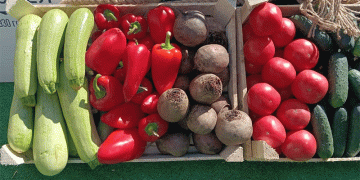#Kazakhstan #Agriculture #CropDiversification #OilseedCrops #ForageCrops #SustainableAgriculture #RegionalDevelopment #CropReallocation #AgriculturalPolicy #EnvironmentalSustainability
In a bid to reshape Kazakhstan’s agricultural sector, Vice Premier Serik Zhumangarin recently assessed the implementation of the crop diversification initiative. The agricultural landscape of the nation is set to undergo significant changes in the 2024 season, with a projected total sowing area of 23.9 million hectares, marking a reduction of 115.6 thousand hectares compared to the previous year.
The forthcoming agricultural season will witness a decrease in wheat cultivation by 439.2 thousand hectares and barley by 129.5 thousand hectares. Conversely, there is a strategic focus on expanding oilseed crops by 414.7 thousand hectares and forage crops by 96.4 thousand hectares. This shift aims to optimize crop allocation and enhance agricultural productivity across the country.
Particularly noteworthy is the planned reduction in water-intensive crops such as cotton (by 16 thousand hectares) and rice (by 6.4 thousand hectares), indicating a commitment to sustainable agricultural practices.
Major reductions in wheat cultivation are anticipated in the Akmolinsk region, where 251.3 thousand hectares will be reallocated to oilseed crops, significantly increasing the planting area from 198 thousand hectares in 2023 to 400 thousand hectares in 2024. Similarly, regions like Kostanay, North Kazakhstan, Abai, and Pavlodar are poised to expand their oilseed cultivation areas.
Overall, in 2024, the largest areas allocated to oilseed crops in Kazakhstan will be in North Kazakhstan (751 thousand hectares), Kostanay (746 thousand hectares), and, with planned expansions, the Akmolinsk region. East Kazakhstan will witness a notable increase in oilseed cultivation, reaching 219 thousand hectares, up by 9 thousand hectares from 2023.
In alignment with market demands and processing capabilities, initiatives to reduce corn cultivation by 15 thousand hectares in the Almaty and Zhetisu regions have been proposed. This reduction will facilitate the expansion of high-value priority crops. The emphasis is on empowering regional administrations to prioritize oilseed crops based on local agricultural capacities and infrastructure.
Additionally, there is a concerted effort to boost forage crop cultivation by 96.4 thousand hectares to bolster the fodder base essential for the dairy industry’s growth and livestock development.
Moreover, plans to increase the cultivation of socially significant crops, such as sugar beets, by 13.3 thousand hectares are in place, aiming to reach 26.3 thousand hectares of planting area. Notably, the government provides comprehensive support to sugar beet producers, including subsidies and enhanced reimbursement rates for specialized equipment procurement.
To enhance fertilizer utilization and mitigate corruption risks in the agricultural sector, a mechanism for advance subsidies is under consideration, emphasizing efficient resource management and transparency.















